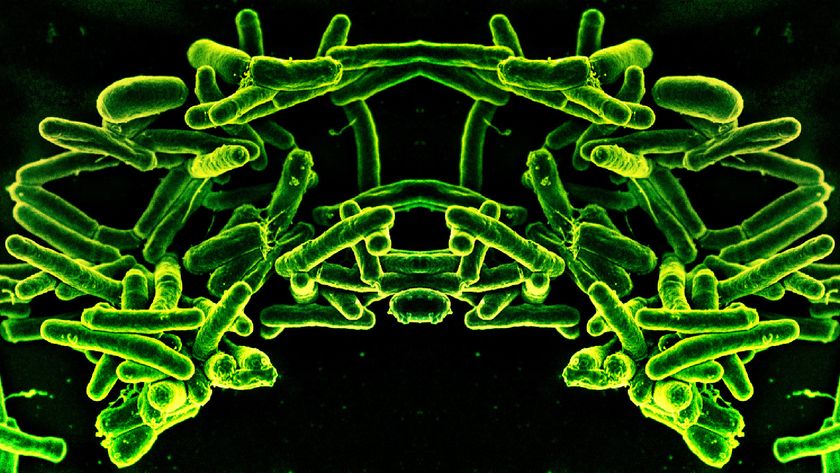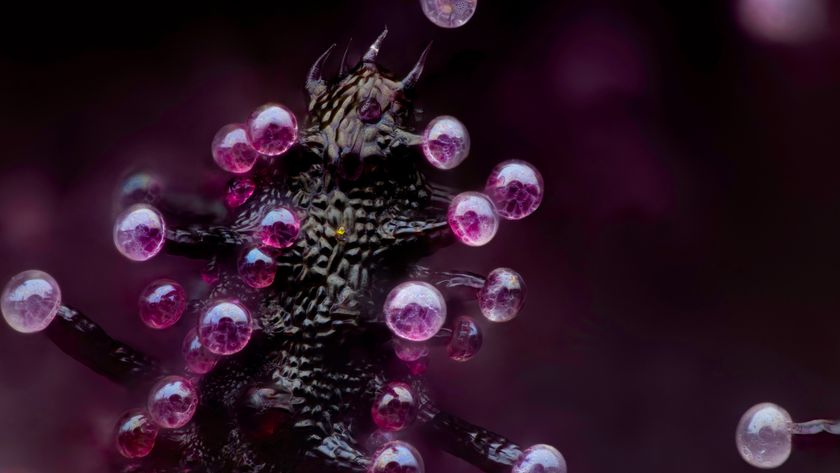Doctors Should Dress Sharp in the Name of Hygiene, Doc Says

Doctors who wear casual — and even "scruffy" — clothes to work not only look unprofessional, but they also convey a lackluster attitude toward personal hygiene, which could have implications for hospital infections, one doctor argues.
Dr. Stephanie Dancer, a consultant microbiologist at Hairmyres Hospital in Scotland, says that after the United Kingdom's Department of Health recommended in 2007 that doctors not wear ties, many younger doctors started to dress very informally. There was even a report at one hospital of doctors wearing ripped jeans.
"I hear that patients complain that they do not know who the doctor is — no tie, no white coat, no jacket and no presence," Dancer said. "Untidiness erodes the image of doctors as responsible and competent."
Although some studies suggest that men's ties contribute to the spread of bacteria between doctors and patients, Dancer pointed out that diseases are spread in many ways. "Hand-touch contact, airborne delivery, environmental reservoirs and human carriage are all implicated in transmission," Dancer said.
Scruffiness in appearance also suggests "a lack of personal hygiene, and correspondingly lower standards of hygienic behavior," Dancer said.
"It could be argued that ditching the white coatand tie for hygiene purposes has had the converse effect," in that informal attitude could encourage less-rigorous practice of infection control, Dancersaid.
"Before the antibiotics run out, we need to revisit the hygiene values of the past, and we need to communicate those values to the doctors of the future," Dancer said.
Sign up for the Live Science daily newsletter now
Get the world’s most fascinating discoveries delivered straight to your inbox.
Dancer's view was published today (June 13) in the British Medical Journal..
Follow Rachael Rettner @RachaelRettner. Follow LiveScience @livescience, Facebook &Google+. Original article on LiveScience.com

Rachael is a Live Science contributor, and was a former channel editor and senior writer for Live Science between 2010 and 2022. She has a master's degree in journalism from New York University's Science, Health and Environmental Reporting Program. She also holds a B.S. in molecular biology and an M.S. in biology from the University of California, San Diego. Her work has appeared in Scienceline, The Washington Post and Scientific American.











